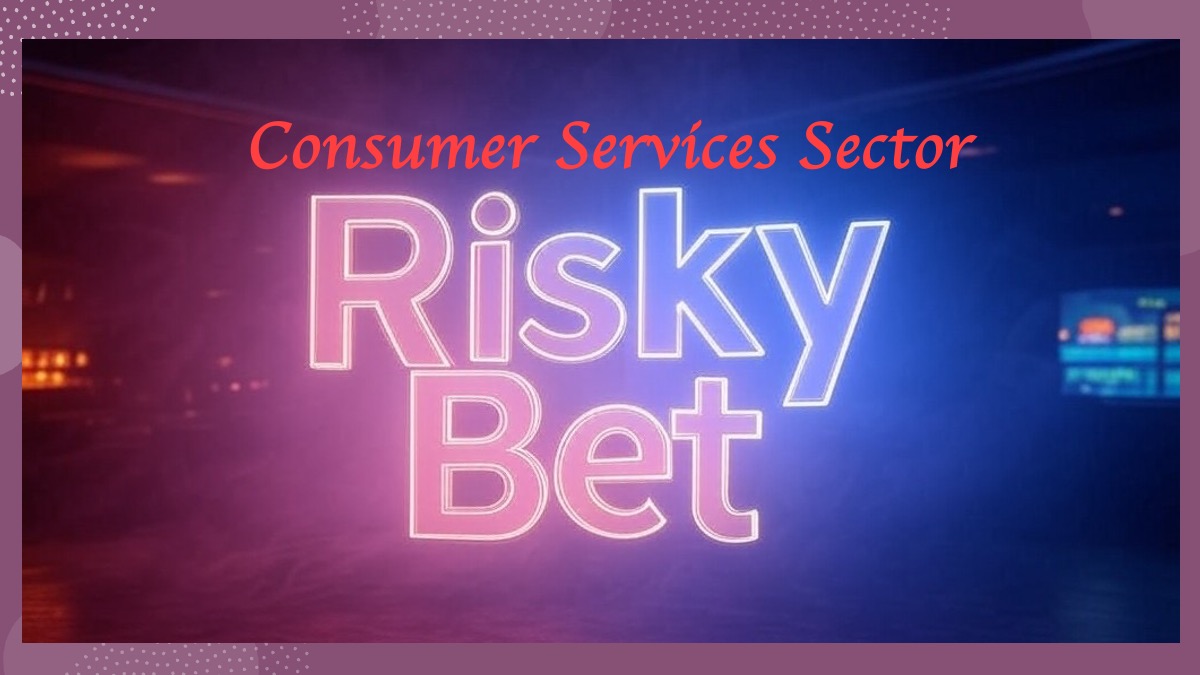Introduction: Inflation Clouds the Horizon
As we step into 2025, inflation remains a dominant theme, reshaping investment strategies and redefining sector performance. For consumer services, a historically sensitive sector, the combination of rising costs and tepid demand is creating a perfect storm. Investors should carefully evaluate the risks, as economic pressures threaten to undermine profitability and erode growth prospects.
Inflation’s Impact on Consumer Services
The effects of inflation are multifaceted, significantly impacting both consumers and businesses in the sector:
- Shrinking Disposable Incomes:
- Persistent inflation has reduced purchasing power, forcing consumers to cut back on non-essential spending. This trend is especially pronounced in sectors like hospitality, retail, and entertainment, where discretionary spending drives revenue.
- Higher Operating Costs:
- Businesses face rising costs for raw materials, labor, and energy, which are difficult to pass on to cost-conscious consumers. This has led to shrinking margins across the board.
- Debt Servicing Challenges:
- With interest rates still elevated, many companies in the sector are grappling with higher borrowing costs, reducing their ability to invest in growth initiatives.
Valuations vs. Fundamentals: The Disconnect
One of the key risks in consumer services stocks is the growing gap between high valuations and weak fundamentals:
- Overstated Valuations:
- Some stocks in the sector are trading at inflated price-to-earnings (P/E) ratios, fueled by speculative optimism rather than solid financial performance.
- For example, Academy Press PLC shows a relatively low P/E of 3.95 but suffers from declining revenue growth of -6.98%, highlighting broader sector challenges.
- Profitability Pressures:
- Thin profit margins and weak earnings growth make it challenging for many companies to justify their valuations.
Sub-Sector Performance: A Mixed Bag
The consumer services sector encompasses diverse industries, each facing unique challenges:
- Hospitality and Travel:
- These sub-sectors, heavily reliant on consumer spending, continue to struggle with post-pandemic shifts in travel patterns and increased operating costs.
- Retail:
- While e-commerce has gained traction, brick-and-mortar retailers are grappling with declining foot traffic and heightened competition.
- Media and Entertainment:
- Streaming wars and content saturation have led to rising costs without corresponding revenue growth, creating profitability concerns.
Economic Pressures Extend Beyond Inflation
The macroeconomic environment amplifies the sector’s vulnerabilities:
- Interest Rates Remain Elevated:
- Central banks have signaled cautious easing, but borrowing costs are expected to stay high, impacting both businesses and consumers.
- Sluggish Global Growth:
- With subdued GDP forecasts, consumer sentiment remains weak, further dampening demand for services.
Safer Sectors for 2025 in Nigeria
- Banking and Financial Services:
Nigeria’s banking sector remains one of the strongest pillars of the economy. With increasing adoption of digital payment systems, mobile banking, and financial inclusion initiatives, banks and financial institutions are well-positioned to weather macroeconomic challenges. Institutions like Access Bank, GTCO, and Zenith Bank continue to deliver strong performance and dividends, even in tough times. - Consumer Goods:
Despite the struggles of discretionary services, staples and FMCG (Fast-Moving Consumer Goods) like food and beverages remain resilient. Companies such as Dangote Group and BUA Foods benefit from high demand for essential goods. These businesses also capitalize on Nigeria’s large and youthful population, ensuring steady sales volume. - Telecommunications:
With a population of over 200 million and increasing internet penetration, telecommunications giants like MTN Nigeria and Airtel Africa represent growth opportunities. Their investments in mobile data infrastructure and fintech integrations make them critical drivers of digital connectivity in the country. - Energy (Oil and Gas):
While renewable energy might be a distant prospect, Nigeria’s oil and gas sector remains a cornerstone of the economy. Companies like Seplat Energy and Oando are leveraging global demand for hydrocarbons and benefiting from improved oil prices. Upstream investments and gas infrastructure projects, especially around LNG, offer stable returns. - Agriculture and Agro-Processing:
Agriculture continues to be a priority in Nigeria’s economic diversification strategy. Investments in mechanized farming, agro-processing, and export-driven agribusinesses are yielding returns. Companies involved in palm oil, rice milling, and cassava processing can benefit from government support and import substitution policies. - Infrastructure and Real Estate:
Nigeria’s urbanization continues to fuel demand for affordable housing and commercial properties. Real estate developers and infrastructure companies working on roads, bridges, and utilities are poised to gain from public-private partnerships and urban expansion.
How to Approach Consumer Services
For those still considering exposure to consumer services, a disciplined and selective approach is critical:
- Focus on Strong Fundamentals:
- Seek companies with robust balance sheets, consistent cash flow, and competitive advantages.
- Avoid Over-Leveraged Firms:
- Companies with high debt levels are particularly vulnerable in an inflationary and high-interest-rate environment.
- Diversify Across Sectors:
- Reducing concentration in consumer services and reallocating to sectors with stronger growth drivers can mitigate risks.
Conclusion: Inflation Demands Strategic Rethinking
Inflation’s pervasive impact on Nigeria’s economy in 2025 shows no signs of abating, and the consumer services sector remains among its most vulnerable casualties. High operating costs, shrinking discretionary spending, and overstretched valuations make investments in this space fraught with risk. For investors, focusing on resilient and high-demand sectors such as financial services, consumer goods, telecommunications, and energy provides a more pragmatic pathway to navigate the challenging economic landscape. By aligning with sectors that thrive on essentials and structural demand, investors can secure better returns amidst the prevailing uncertainty.
